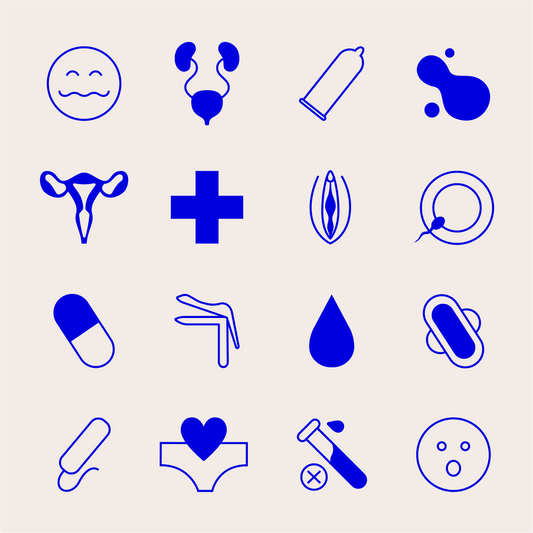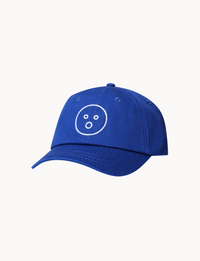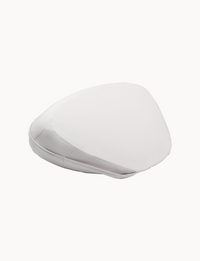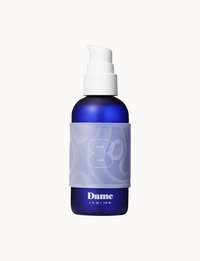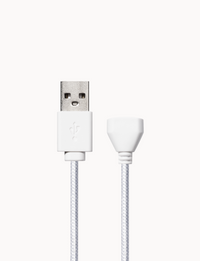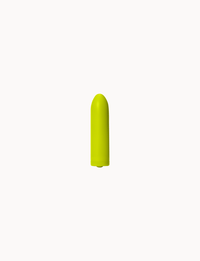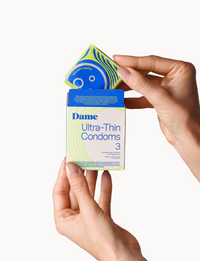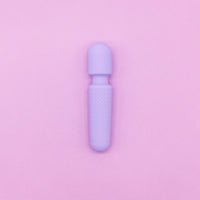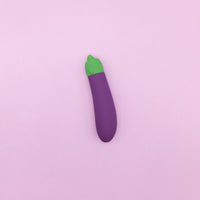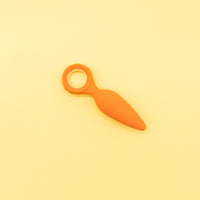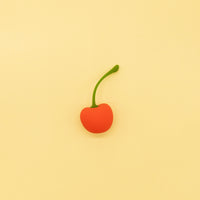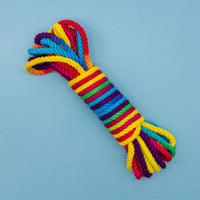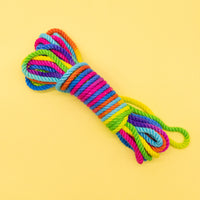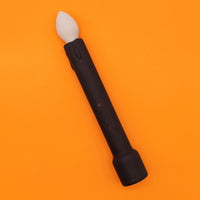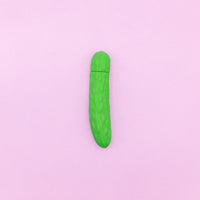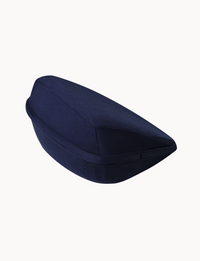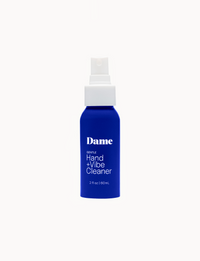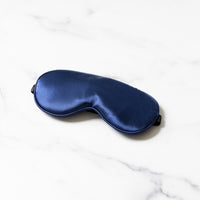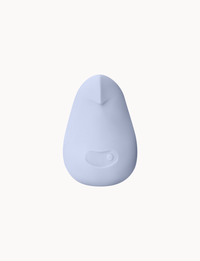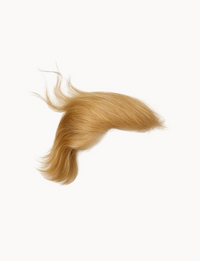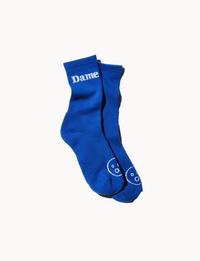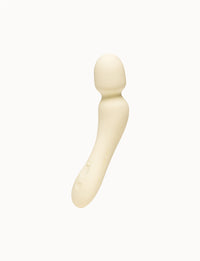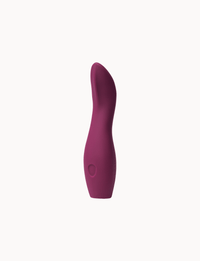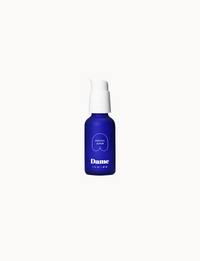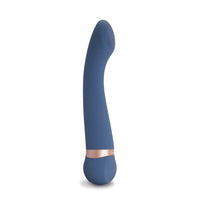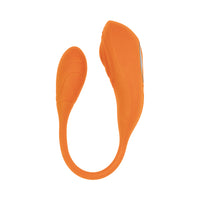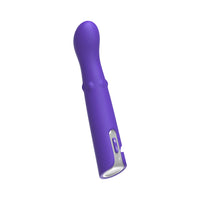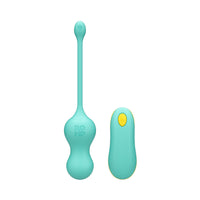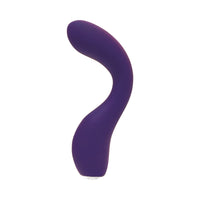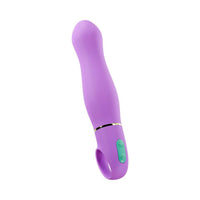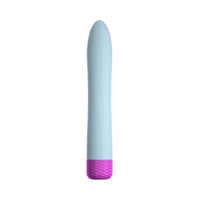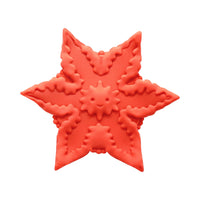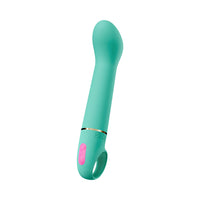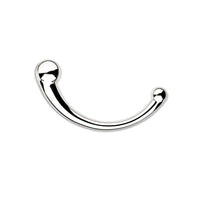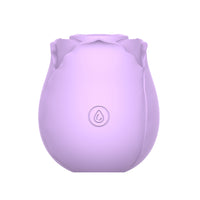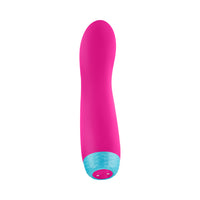Alexandra Fine, Credentialed Sexologist, M. Psych | Written by Dame
True story.
In the 1960s, one of the most popular insults hurled by prepubescent boys was “you’re a dildo!” Of course, most of them had absolutely no idea what the word “dildo” meant, other than the fact that it was supposedly a “dirty” term. The Urban Dictionary indicates that the word is still used in that way by some people today.
Another true story.
There’s substantial evidence that dildos were in regular use during the Upper Paleolithic Era during the Stone Age, some 30-40,000 years ago. That was around the time that stone tools were being hand-produced, and archaeologists have found artifacts made out of materials like stone, wood, ivory and bone – and shaped much like penises.
Of course, our distant ancestors probably didn’t call them dildos. Experts don’t know what the people of the time did call them, but the archaeologists have dubbed them “batons de commandement.” The supposed purpose of these instruments is believed to have been to straighten arrows and spears. However, more open-minded experts (or those more willing to address the subject honestly) are pretty sure they functioned as rudimentary dildos.
For the purpose of 21st century adult discussion, though, the definition of a dildo is pretty straightforward. Dictionary.com describes it as “an artificial erect penis, used as a sexual aid.” More substantial definitions often include details that distinguish dildos from vibrators (dildos don’t vibrate) or specify where they’re used (most frequently in the vagina or anus).
That answers the basic question: “What Is a Dildo?”
But the full story is more involved – and more interesting – than that.
The History of the Dildo
The use of dildos throughout history can only be described as fascinating.
The objects have been used ever since the Stone Age. Experts in ancient cultures don’t have to connect the dots to understand Egyptian paintings which graphically illustrate dildo use, Greek stonework and sculptures depicting sex toys and the sexual acts they were used in, or Indian, Persian and Roman dildos which were apparently used for the ritual taking of virginity as well as more ordinary sexual activity.
Ancient dildos and other sex toys have also been found in many Han Chinese tombs, some of them intricately fashioned from bronze. As for other items used in sex play, it’s also believed the Greeks used olive oil as lube, and that the Romans invented double dildos (more on them later).
The toys were apparently named “dildos” before the start of the Common Era. Aristophanes’ comedy Lysistrata included a rowdy reference to “eight-fingered leather dildos.” The Greek word that was actually used was “olisbos,” which is based on the Greek word for penis-shaped breads (which some claim actually were used as dildos). Others believe the word dildo was coined by Italians who derived it from the word “diletto,” which means delight.
In more recent times, the dildo was so popular that the toy was regularly depicted in Asian art and described in European literature, as well as in histories of the era. Authors such as Samuel Butler, Henry Fielding and Shakespeare (in The Winter’s Tale) are among those who mentioned dildo use, usually in humorous terms. In fact, a bawdy poem called “Signor Dildo” was popular in 17th century England; it was later set to music for the movie The Libertine in 2004.
Naturally, the depictions, references and allusions were based on fact. Dildos were commonly used throughout the world throughout the latter half of the Common Era. Their use was often considered scandalous, at least in Europe where the toys were eventually banned in many countries. Even so, the wealthy had access to them, and the working class improvised to make their own from materials they had available.
In Japan, dildo use was just as common and often featured in the Edo period erotic art known as “shunga,” which was made illegal in the 18th century due to its ribald content. In many Eastern and Western nations, in fact, the sale and use of sex toys like dildos was illegal through much of the 19th and 20th centuries. As one example, a law prohibiting their sale still exists in Texas, although a judge ruled in 2008 that the law was “unconstitutional and unenforceable.”
It goes without saying that the use of rudimentary materials like wood or stone as dildos could be dangerous and painful. So for centuries, the material of choice used to cover them was leather. The ready availability of rubber in the late 19th and early 20th centuries finally meant that dildos could be manufactured without the need for a protective cover. Today, there is a wide range of materials suitable for use in the production of dildos and other sex toys.
Scary-looking hand-cranked dildos – the earliest vibrators – were invented in the early 1700s and “refined” over the following two several centuries, and a steam-powered vibrator known as the “Manipulator” was created by American doctor George Taylor in the mid-1800s. The first electric vibrator was finally patented in the 1880s, and vibrators slowly replaced dildos as the #1 sex toy of choice.
There’s an interesting story behind the development of vibrators, however.
Well before the Victorian period, a medical condition diagnosed among vulva-havers was known as “female hysteria.” In reality, it was sexual frustration. Doctors prescribed, among other things, “encouraging their husbands’ lust,” horseback riding, and dildo use. During the pre-Victorian and Victorian eras, though, masturbation was largely demonized. Patients were unable or afraid to provide their own self-stimulation with dildos, so doctors had to find a different solution for female hysteria.
Their answer? Doctors and midwives began providing “hand massages” (sometimes using dildos) to hysterical women. But there was a problem. Giving that advanced “medical treatment” to a large number of patients led to chronic hand fatigue. The doctors eagerly turned to crank and steam-powered vibrators, and electrically-powered ones when finally available.
As you’d probably guess, as electricity became available in homes these “hysterical women” didn’t have to visit the doctor or midwife for stimulation anymore. They could do it themselves. And they did, in growing numbers. Vibes grew rapidly in popularity – but dildos are still very much with us.
Today’s Dildos
The popularity of vibrators ebbed and flowed during the 20th century, depending on what was happening in the popular media. When they began to be featured in “pornography” during the earlier portion of the period, more vibrators were sold. Demand eased for a while, but when glowing articles were written about them in lifestyle and “women’s magazines” in the middle part of the century, vibrators were hot again. And then, when toys like rabbit vibrators and “neck massagers” were featured in TV shows like “Sex and the City,” there was another retail vibrator craze.
Dildo use has apparently has remained relatively steady, however, although the numbers are difficult to nail down. Some published studies report that about one-third of all vulva owners and nearly two-thirds of penis owners have used a dildo. And a large survey by a major sex toy manufacturer found that three-quarters of sex-toy owners have at least one dildo.
An immense selection faces dildo buyers in sex shops, on Amazon and at online sex toy stores. Most of the toys are created to provide the same type of penetrative sex provided by real penises, but some are to be designed to be as anatomically correct as possible while others are merely approximations of the shape.
Some are smooth, others have ridges or textures intended to provide extra sexual pleasure. Some are curved in order to provide g-spot stimulation, while others are simply straight. You can purchase dildos in all different lengths and girths. And there are also slimmer anal sex dildos with a wide base (so they fit easily into the anus and don’t get stuck inside).
The materials they’re made from vary widely, too.
- Porous dildos are made from materials like vinyl, elastomer, leather, PVC and cyberskin. Many users find them to be more comfortable, because they’re usually soft. But the fact that they’re porous means they’re able to be penetrated by water and fluids, and that bacteria can live inside their pores. That makes them nearly impossible to be fully cleaned and sterilized, and it’s best to cover them with a condom before use. Some porous materials (particularly jelly/rubber ones, no longer sold by reputable companies) may also contain hazardous materials like phthalates.
- Most non-porous dildos are considered to be body-safe and can be fully sterilized before their next use. They are made from materials like silicone (medical-grade silicone is the best choice), metal, ABS plastic, glass (ideal for temperature play) and even stone or wood; the last two must have a body-safe finish or coating, though.
Marketers are deeply involved in the creation of sex toy products, meaning there are lots of attractive (and no-so-attractive) colors and designs available, even light-up models. A dildo that buzzes, though, isn’t really a vibrating dildo – it’s a vibrator, although some dildos do have compartments into which you can place a small vibe if you’d like.
Those who like more adventurous sexual activity can also opt for double-ended dildos, strap-on dildos, or “regular” dildos that also fit into a strap-on harness. They’re most popular for same-gendered sex play, but are also used (for great enjoyment) in many differently-gendered couples’ sex life for activities like pegging. Buying a dildo for solo play? Some come with suction cups so you can attach them to different surfaces and try multiple sex positions all by yourself, hands-free.
That’s what you can buy. How do you use them?
How to Use a Dildo
If this is your first time using a dildo, it’s important to realize that it isn’t a magic wand.
(We’re speaking figuratively here about magic and not about the Magic Wand which, like the bullet vibrator and the rabbit, is a vibrator designed for clitoral stimulation.)
In other words, a dildo won’t automatically turn you on if you touch the right spot with it. You have to be just as sexually excited as you’d need to be in order to be satisfied by your fingers, by penetration or by oral sex.
You’re in luck, though, since a dildo is an outstanding toy to use for teasing and stimulation if you’re by yourself, or enjoying foreplay with a partner. Whether you get excited by nipple teasing, clitoral stimulation or testicle/scrotum play, a dildo can extend your reach and provide very different feelings than just the fingers, particularly if it’s ridged or textured.
Dildos, however, are designed first and foremost for penetration. When you’re ready, make sure the toy is completely clean and that you’ve used enough lube, and it’s time for your first dildo ride. We’ll start with the assumption that the toy is being used for vaginal stimulation.
Hold the dildo by its base and slowly insert it into the vagina. You may need to remove it and re-insert it several times to find the right angle and position, particularly if you’re using a g-spot dildo. Take your time; the exploration can be pleasurable all by itself.
Now you’re able to figure out what works best for you. You (or a partner) can simulate the in-and-out motion of intercourse with different motions and depths, you can let it sit in the vagina while massaging your vulva and clitoris, you can try different positions (like missionary, doggy-style, on your stomach or side) so the toy hits different areas of the vagina like the g-spot, a-spot and cervix. As with any sexual activity, there’s no “right” way to do it – it’s all a matter of feeling good.
If you’re using a dildo for anal stimulation, the first step is to make sure you have the right toy; anal dildos must be slimmer in order to fit the narrower anal opening, and they must have a base to ensure the toy doesn’t get lost inside. If you’re nervous about putting a dildo into your anus (and most people are), you might want to start with butt plugs in order to get accustomed to anal penetration.
The techniques for using an anal dildo are similar to those for vaginal penetration. Get excited, get lubed up, go slow and explore for the motions, depths and positions which provide the most pleasure. The anus is loaded with nerve endings, so dildo use will feel great all on its own, But for penis-owners the ultimate goal is to stimulate the prostate, and it’s best to actually find the prostate with your fingers first (it’s about 3-4 inches in, on the belly side). For vulva-owners, the goal is to hit the area of the anal wall closest to the g-spot (aim for the belly button).
Adding other toys into the mix can make things even hotter. For those with penises, vibrating cock rings can exponentially increase the power of anal orgasms produced by a dildo; those with vulvas may find that simultaneously using a clitoral vibrator will create a climax even more intense.
Vibrators may be the “sexier” toy, but dildos are reliable, time-tested and have gotten the job done for millennia. Don’t minimize the pleasure they can provide when you’re tempted by the latest 500-speed, 50-function powerhouse vibe you see advertised – be sure to pick up a dildo, too.





